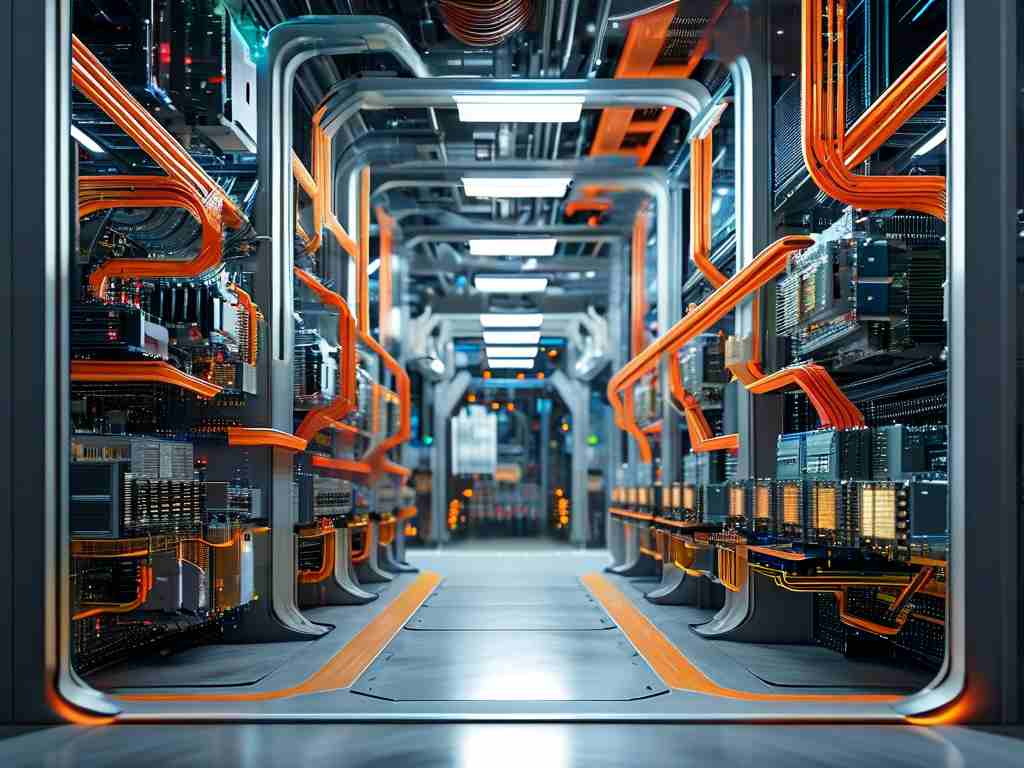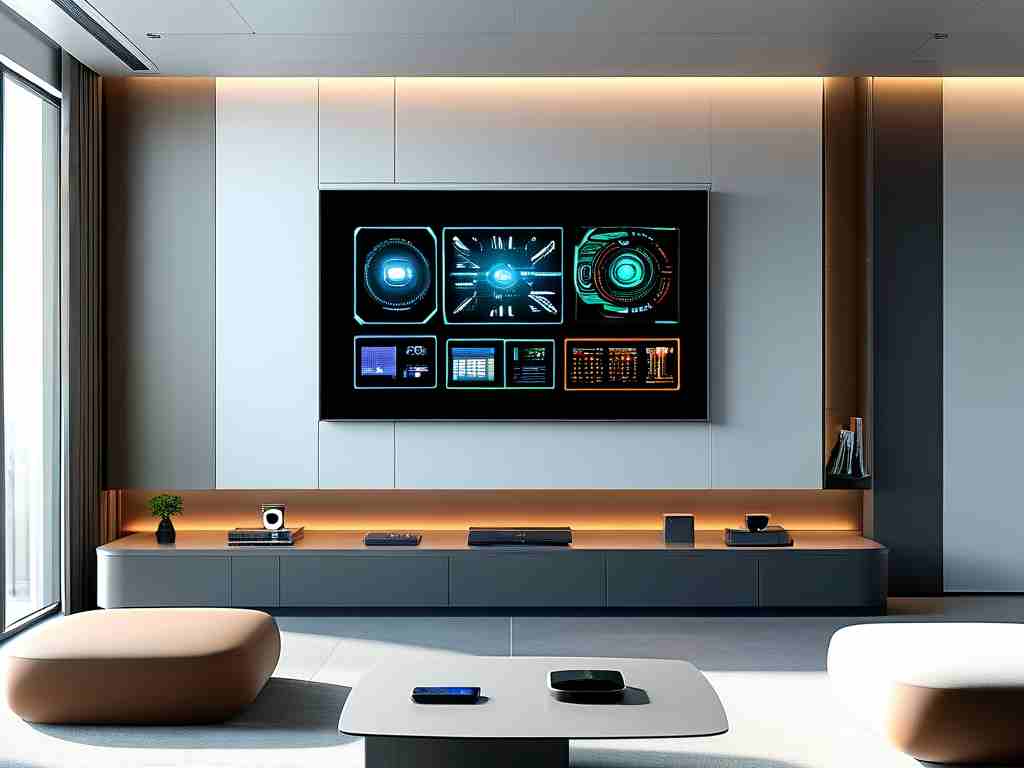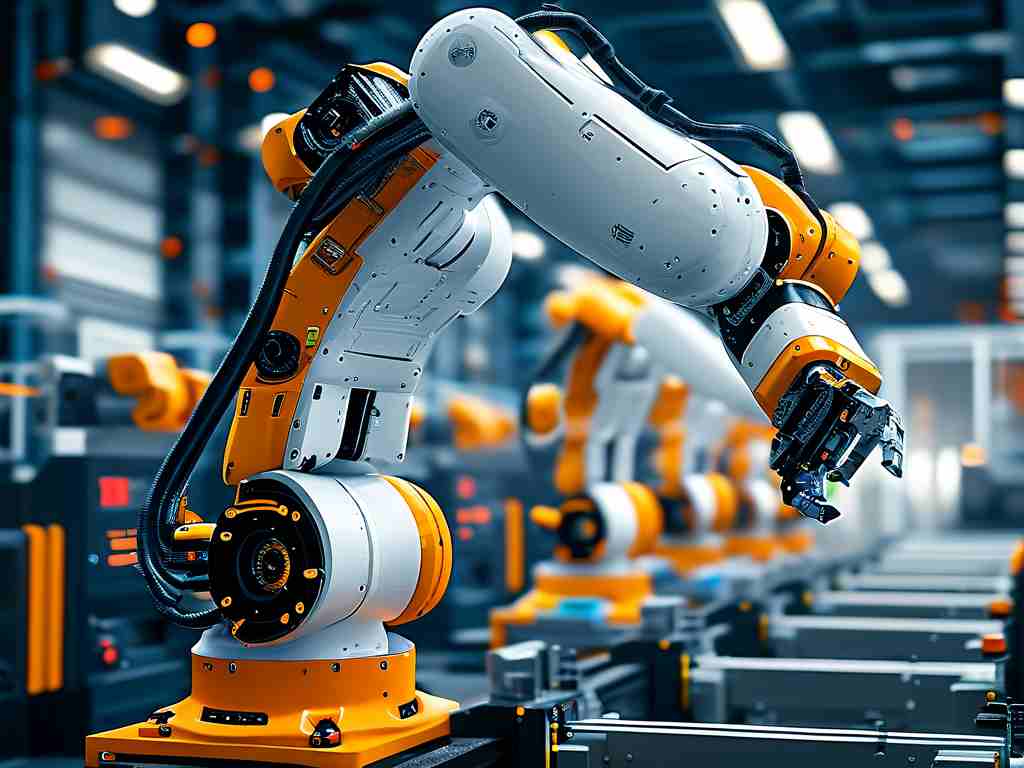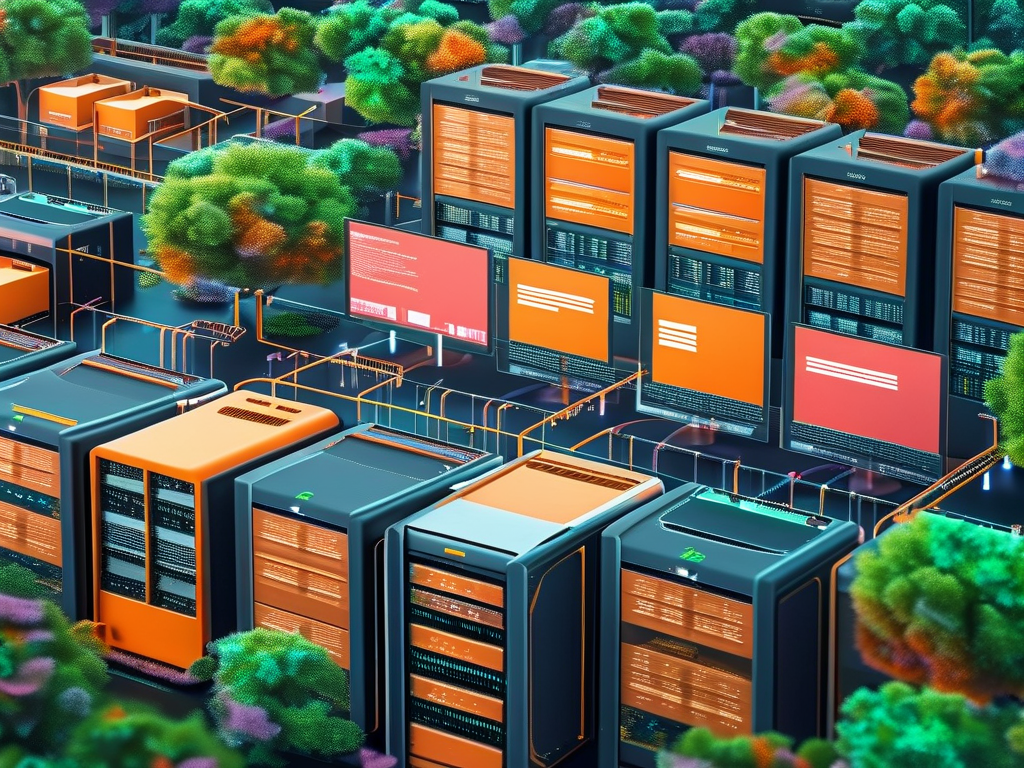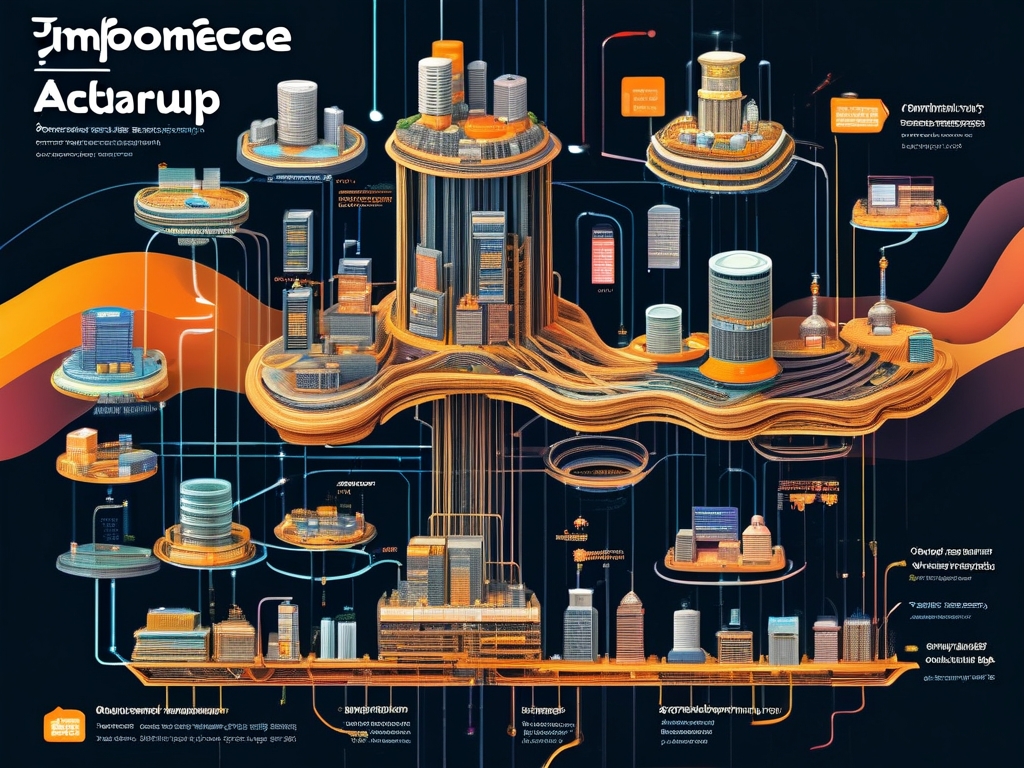Distributed control systems are revolutionizing modern electrical control applications by enabling scalable, resilient, and efficient management across diverse environments. In essence, this architecture decentralizes processing tasks among multiple interconnected nodes, reducing single points of failure and enhancing overall system performance. For instance, in industrial automation, such designs allow factories to dynamically adjust machinery operations based on real-time data from sensors spread across the facility. This approach not only improves response times but also supports seamless integration with emerging technologies like IoT and edge computing, ensuring adaptability in rapidly evolving sectors.
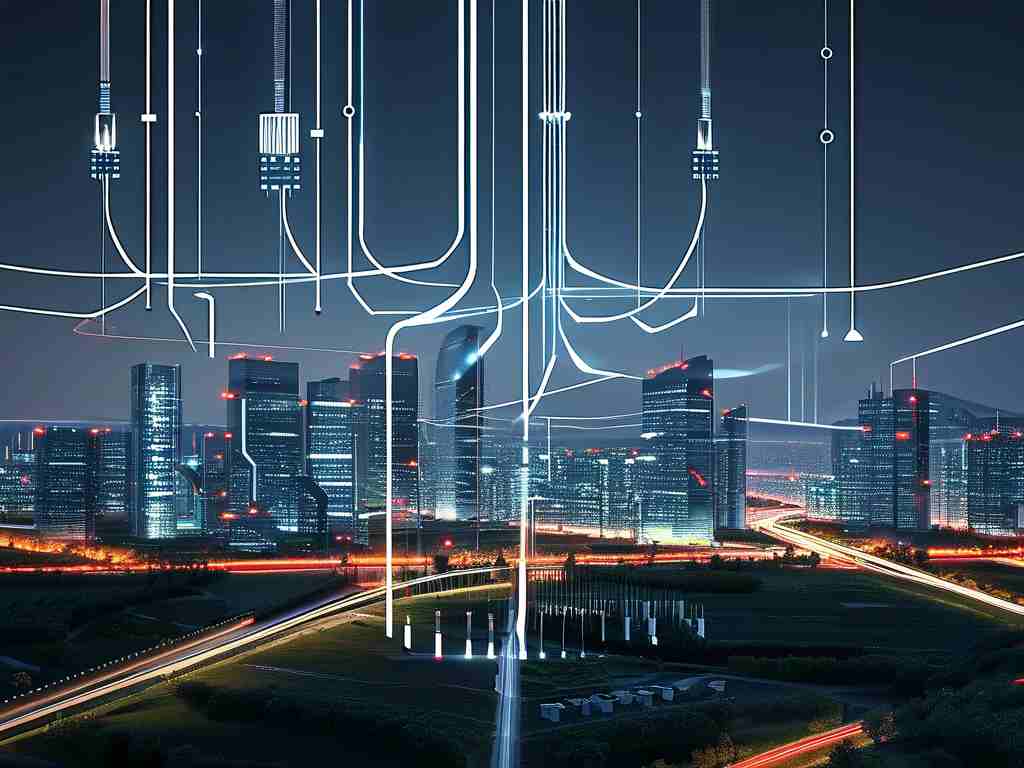
Designing an effective distributed architecture requires careful consideration of several core components. First, node selection involves choosing hardware that balances processing power with energy efficiency, such as microcontrollers or embedded systems tailored for specific control tasks. Each node must handle local computations independently, minimizing reliance on central servers and thus boosting fault tolerance. Communication protocols play a pivotal role here; options like MQTT or OPC UA facilitate reliable data exchange over networks. Below is a basic Python code snippet demonstrating MQTT implementation for sensor data publishing, illustrating how nodes interact in real-world scenarios:
import paho.mqtt.client as mqtt
def on_connect(client, userdata, flags, rc):
if rc == 0:
print("Connected to MQTT broker")
client.subscribe("sensors/temperature")
else:
print("Connection failed")
def on_message(client, userdata, msg):
print(f"Received message: {msg.payload.decode()}")
client = mqtt.Client()
client.on_connect = on_connect
client.on_message = on_message
client.connect("mqtt.example.com", 1883, 60)
client.loop_start()
# Publish sensor data
while True:
temperature = read_sensor() # Function to get sensor value
client.publish("sensors/temperature", str(temperature))
This snippet highlights the simplicity of setting up communication, yet in practice, designers must address challenges like latency and bandwidth constraints. Data management strategies are crucial, involving techniques such as time-series databases for storing sensor readings and ensuring consistency across distributed nodes. For example, using redundancy mechanisms like replication or consensus algorithms can prevent data loss during network partitions, maintaining system integrity even under adverse conditions. Additionally, security measures must be embedded from the outset, incorporating encryption and authentication to protect against cyber threats in critical infrastructure like power grids or smart buildings.
Another key aspect is scalability, which allows systems to expand effortlessly as demand grows. By employing modular design principles, engineers can add or remove nodes without disrupting operations, supported by orchestration tools like Kubernetes for containerized deployments. Real-world testing in pilot projects reveals that such architectures reduce downtime by up to 40% compared to centralized systems, as failures in one node don't cascade to others. Moreover, energy efficiency gains are notable; distributed processing lowers power consumption by localizing computations, aligning with sustainability goals in sectors like renewable energy management.
Despite these advantages, implementation hurdles exist, such as ensuring interoperability between heterogeneous devices and managing complex debugging processes. Best practices involve thorough simulation during the design phase using tools like MATLAB or custom emulators to predict system behavior under various loads. Collaboration with domain experts is also vital to tailor solutions to specific applications, whether in automotive control systems or building automation. Ultimately, a well-crafted distributed architecture fosters innovation, enabling features like predictive maintenance through AI-driven analytics on decentralized data streams.
In , the shift towards distributed control architectures represents a paradigm shift in electrical control design, offering unmatched resilience and flexibility. By prioritizing robust communication, fault tolerance, and scalable frameworks, organizations can future-proof their operations against disruptions while driving efficiency. As technology advances, these designs will continue to evolve, integrating more intelligent capabilities to meet the demands of an increasingly connected world, solidifying their role as a cornerstone of modern engineering solutions.


